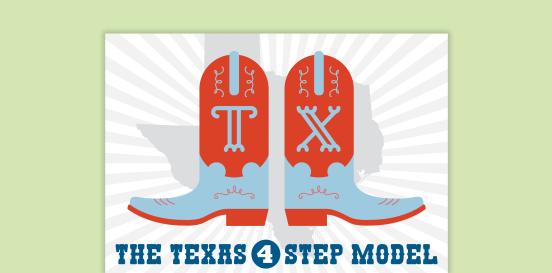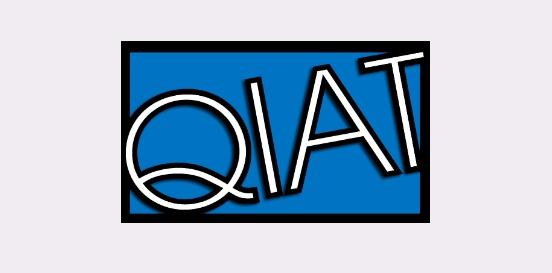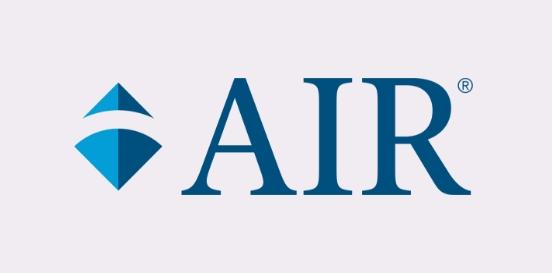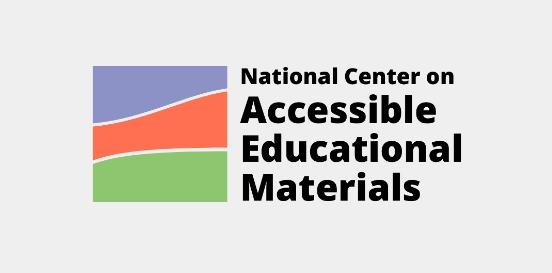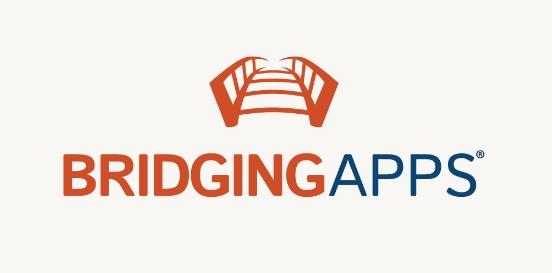Tactile Ruler
A measuring tool with enhanced visual or tactile features, such as sticky dots or chenille wire, to emphasize numerical values found on a ruler.
Considerations
Take the following considerations into account when selecting and implementing AT to ensure that the chosen tools are well-suited to the student’s needs, align with their goals, and seamlessly integrate into their educational journey. By embracing a collaborative approach and considering the specific skills, tasks, and implementation context, educators can provide students with the necessary support to thrive academically and functionally, promoting inclusivity and fostering their overall success.
Skills and Tasks What skills or tasks will the student utilize this tool for? What areas, functional or academic, does this tool support?
Measuring length of an object
Implementation Context In what activities, classes, or environments will the student utilize this tool?
A tactile ruler can be incredibly helpful for students with visual impairments or other disabilities that affect their ability to see standard rulers and helps develop tactile and spatial skills. Here are some ways a tactile ruler could be used as assistive technology:
- Measuring: Students can use the tactile markings on the ruler to accurately measure lengths of objects without relying on sight. The tactile markings can be raised or textured to indicate different units of measurement.
- Mathematics: In math classes, tactile rulers can assist students in learning concepts such as addition, subtraction, multiplication, and division involving measurements. They can physically feel the intervals on the ruler, aiding in understanding mathematical operations.
- Drawing and geometry: Tactile rulers can help students with disabilities to draw straight lines or geometric shapes with precision. The tactile markings can guide them in creating accurate diagrams and graphs.
- Independence: By providing a tactile reference, the ruler promotes independence, allowing students to complete tasks without constant assistance from others.
- Spatial awareness: Using the tactile ruler, students can develop a better understanding of spatial relationships and measurements, which can be crucial in various subjects and daily activities.
- Inclusive learning: Having tactile rulers available in the classroom promotes inclusive learning environments, where students with visual impairments can participate fully in activities alongside their peers.
- Braille integration: For students who are proficient in braille, the ruler could include braille labels or markings, enhancing accessibility and usability.


